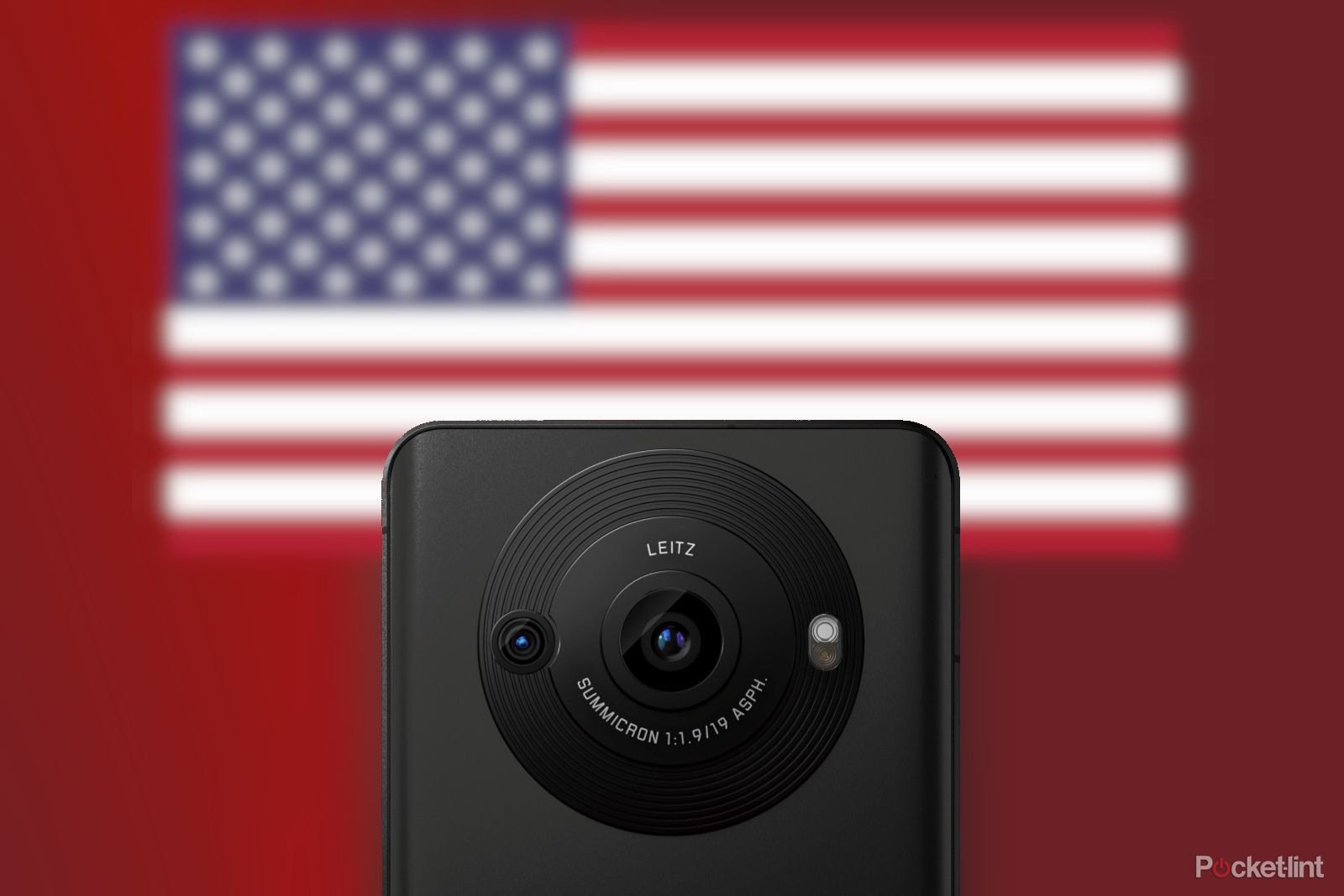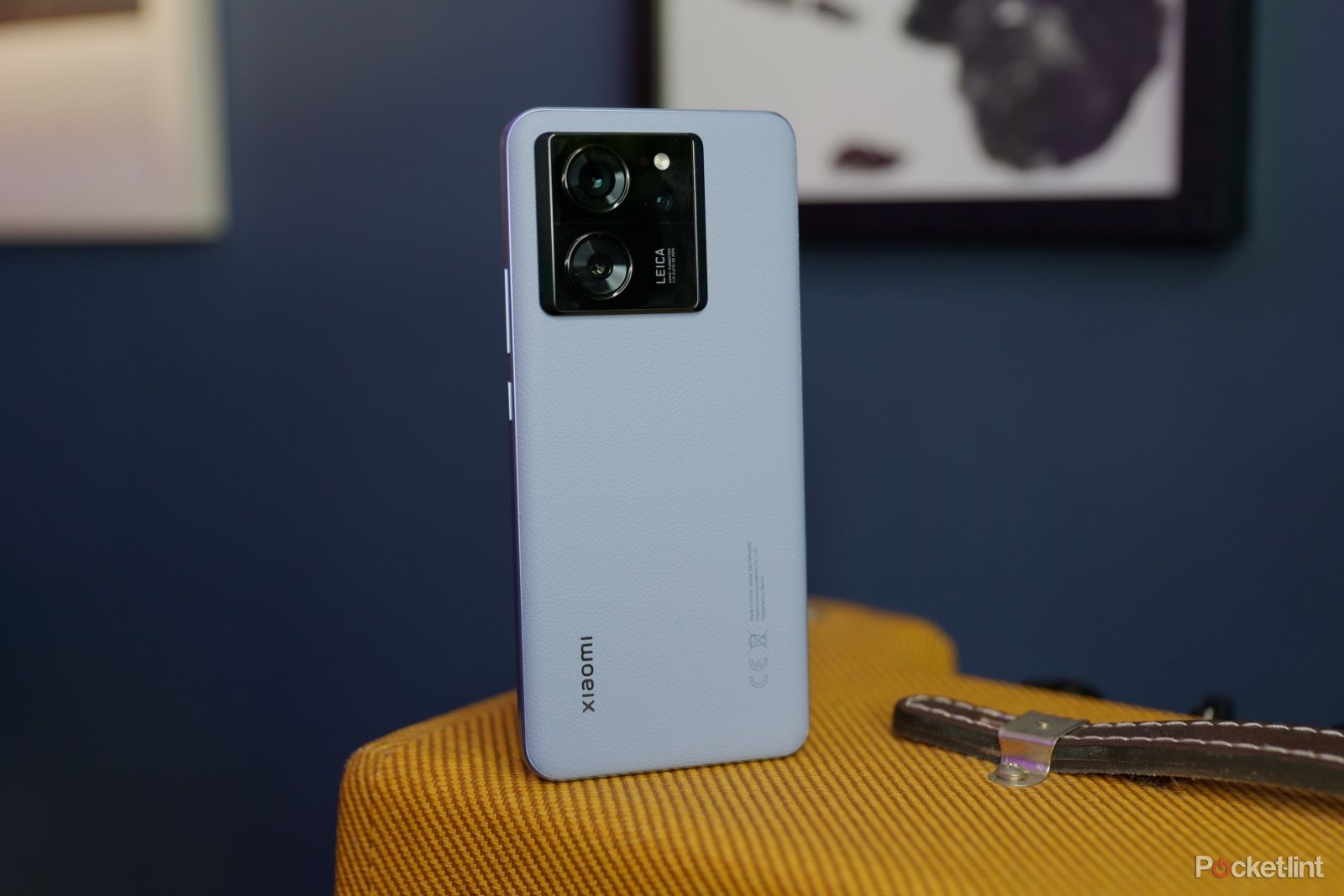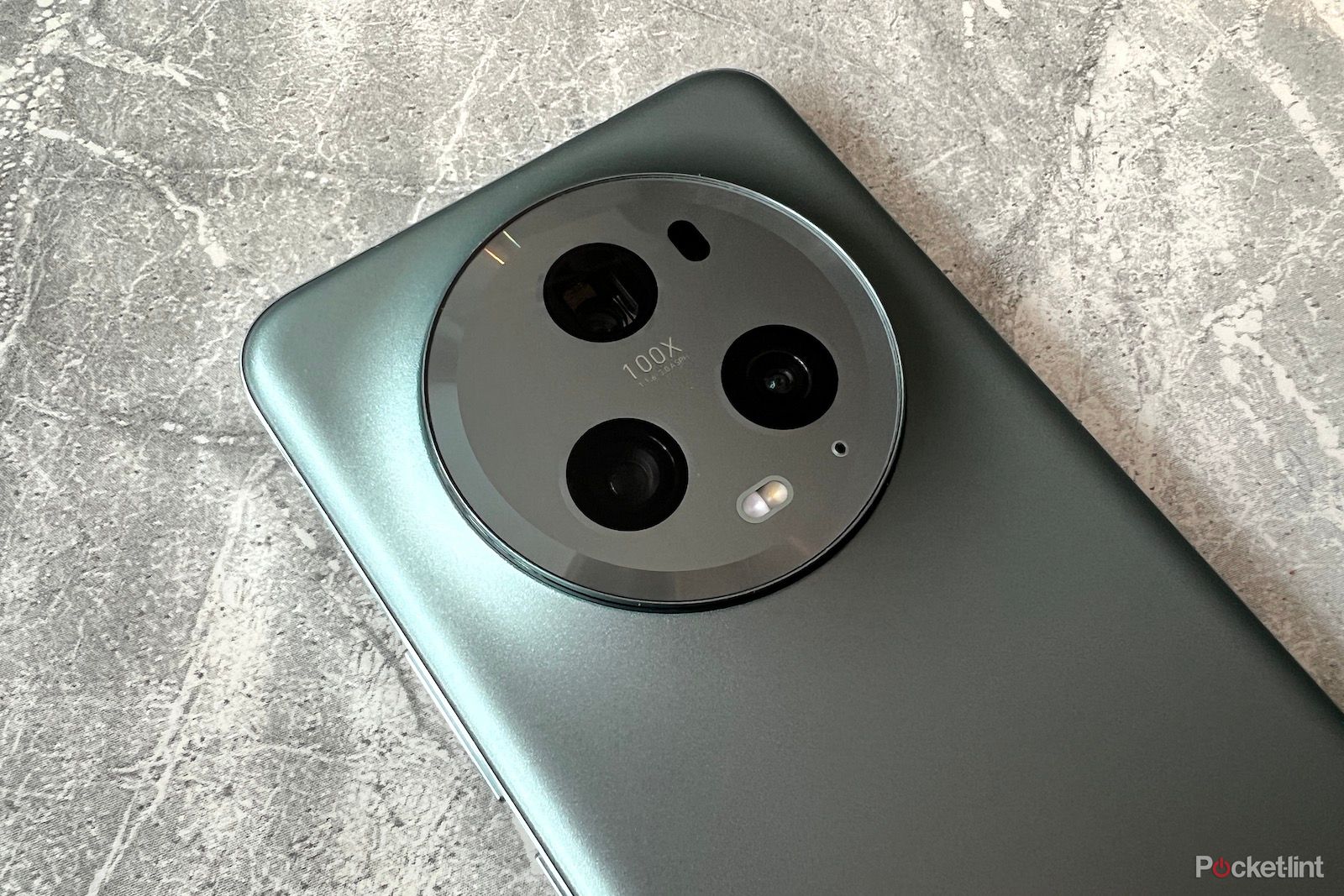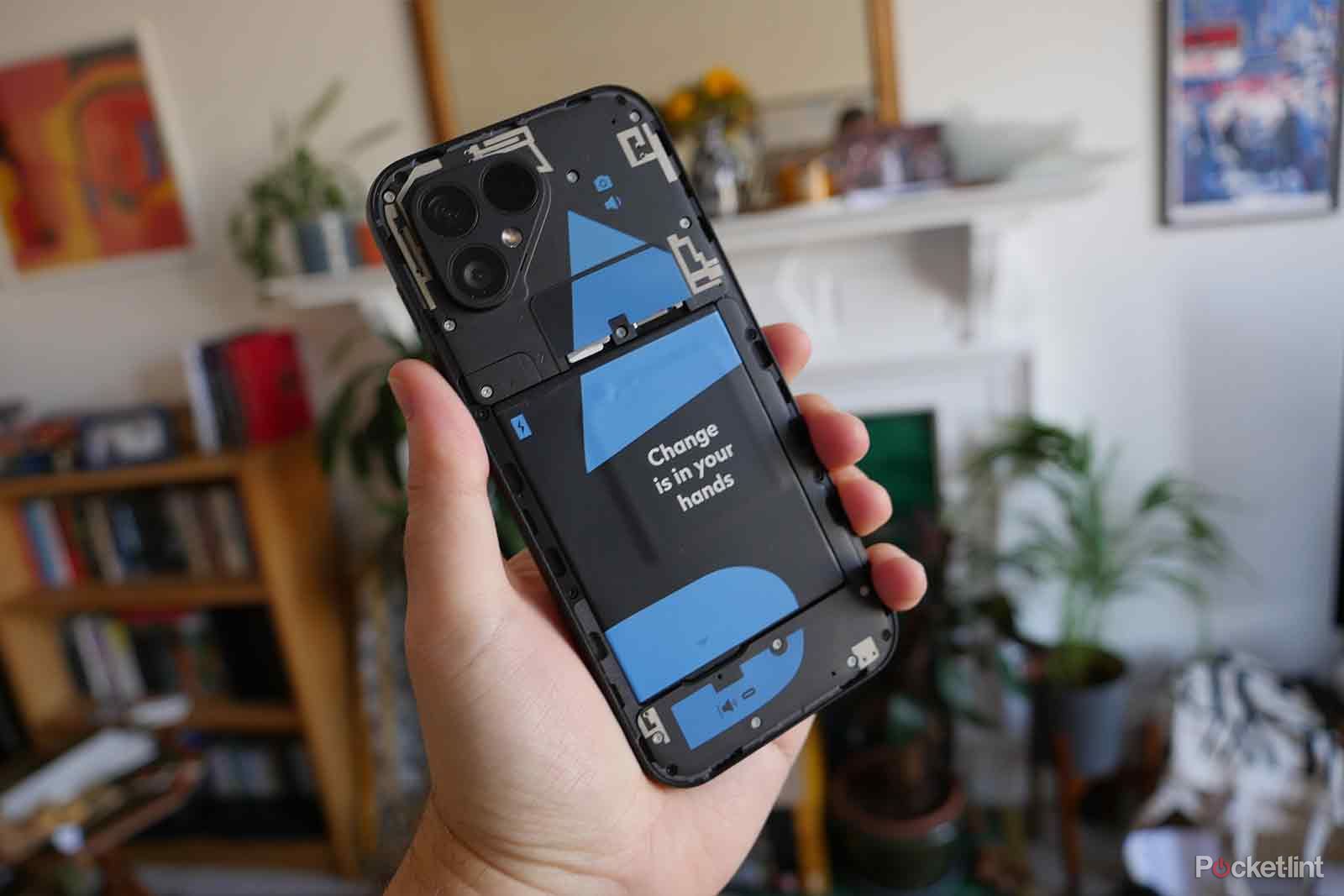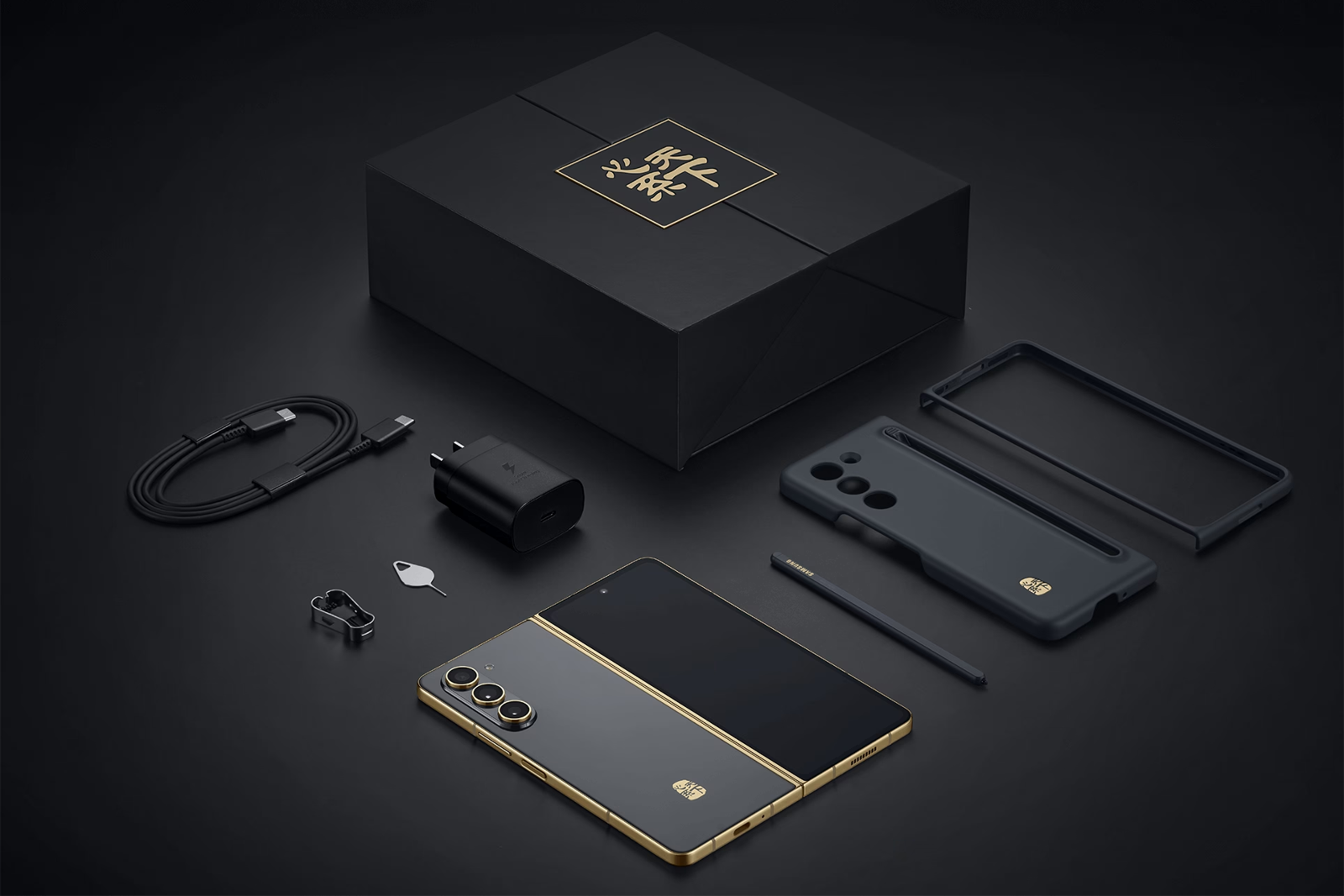If you live in the United States, you've got a ton of choice when it comes to smartphones these days. Sure, you've got the big names in Apple, Samsung, Google, and Motorola, but it doesn't take that much snooping around to get at more interesting options from Asus, OnePlus, Nothing, and a fair number of white-box sellers like Blu.
But if you're looking to venture across borders for a gander at what you may be missing - and maybe, just a bit of high-level perspective - we've got your ticket there. In fact, we've got five picks for our favou- whoops, we mean our favorite smartphones that you just can't get here.
5 Xiaomi 13T Pro
We've long appreciated the Chinese manufacturer's phones across its flagship and budget Redmi-branded ranges, and, appropriately enough, the just-launched Xiaomi 13T Pro has gotten plenty of our praise. On paper, it's a lovely sub-$800 phone that has an all-new MediaTek Dimensity 9200+ chipset, an AMOLED panel at better-than-1080p resolution - not quite Quad HD, but the inclusion of 12-bit color and 2,600-nit peak brightness levels are definitely wow-worthy - 120W wired charging, and a couple of respectable 50MP cameras.
In the United States, we've seen $600, $700, and $800 phones come and go with year-old or underperforming components to serve a segment of the audience that wants flagship-level performance without putting four digits on the credit card. This year, we already have a Nothing Phone (2) with a year-old Snapdragon 8+ Gen 1, and we're expecting a Galaxy S23 FE with upcycled parts as well as a Pixel 8 with a third-gen Tensor chip based on a Samsung Exynos design (its lineage has underperformed Qualcomm equivalents).
There's nothing wrong with using perfectly good older components for a new-ish, slightly cheaper phone. But if you're a fan of better competition on the cutting edge, we do wish a Xiaomi 13T Pro (or anything similar) existed over here.
4 Honor Magic 5 Pro
Yes, it's another example coming out of China, but I wanted to spread my word count across a couple of entries to give some breathing room to some particulars about phones from this country. One of them is that the flagship devices are truly pushing the envelope on display technology - the Magic 5 Pro has 2,160Hz pulse-width dimming to reduce eye strain that accumulates from viewing an LED display for too long. It also has, more importantly, extremely accurate color reproduction as well. Cameras are also a focal point (ha) in the industry. Periscope telephoto cameras have gained traction against telescoping lens stacks because they can help reduce a device's thickness (though, in Honor's case here, designers didn't shy away from a fat camera bump). You can learn more about the differences between periscope and telescope cameras from our partners at XDA-Developers.
Honor's story as a brand is also interesting. It started off inside the dominant Huawei before it was sold off to a consortium of majority state-owned investors in 2020 as the parent company continued to face sanctions and injunctions from the United States under the Trump administration. While it has been able to continue selling Android phones with Google services and Qualcomm chips to buyers in the West, it's also had to figure out how to untangle itself from Huawei at every level - from intellectual property to procurement to manufacturing to software development and beyond. Most critics still see Honor sitting at the edge of its former owner's shadow, but only time will tell if that perception persists.
3 Sharp Aquos R8 pro
Personal story time: back when I was an intern at our now-sister site Pocketnow nearly a decade ago, I was given the Sharp Aquos Crystal to review. Seeing a smartphone from a name mainly dealing with TVs was a little surprising, but I figured it was a natural extension for the Japanese company. Since many other manufacturers were using the same playbook for making budget-spec Android phones, all Sharp had to do was special in the display. It achieved near-zero bezels on three sides (don't mind the chin!), and the LCD panel itself was pretty nice if only 720p. Believe it or not, that phone made it to the United States.
In the years since Sharp has stuck to serving its domestic audience with two smartphones targeting low and mid-to-high price bands. The Sharp Aquos R8 pro features a Qualcomm Snapdragon 8 Gen 2 chip, 12GB of RAM, a prime 1-inch Leica camera, and a 1080p+ OLED display indium gallium zinc oxide, a highly responsive transistor material that Japan's display industry has rallied behind for years. Most people probably shouldn't be paying the equivalent of $1,300 for an otherwise fairly plain premium slab smartphone, but I'd still have fun rocking one around town to turn a few heads and live out a different experience.
2 Fairphone 5
Dutch manufacturer Fairphone has made its bones prioritizing the ethical production and support of its Android-powered phones, and it continues to do so with the new Fairphone 5. Software updates are said to last a record eight years (beating Google's recently-announced seven years for the Pixel 8 series) with an eye toward a full decade. And with a design that's easy for anyone to break down, buyers are assured their hardware will be able to last that long with a stock of spare parts. As many of us spend hours every day looking at our phones, this is a big boon for those who share similarly progressive values.
Sadly, the company is only shipping the Fairphone 5 within Europe at the moment. It has, however, partnered with Murena, a modding group that sells phones with the Android-based open-source /e/OS, to sell 2021's Fairphone 4 in the country for the first time. Even with a software change, customers should be able to expect years of updates to come.
1 Samsung W24
You might think this is just a Galaxy Z Fold 5 for China. You would be correct. You might also have noticed that it comes with 16GB of RAM - 4GB more than what everyone else gets. It also comes in a glorious gray-and-gold that is pretty much a chef's kiss incarnate. The history behind Samsung's China-exclusive W series - which includes the W24 Flip as a Flip 5 clone - is more than just about copy-and-paste foldable phones, though.
Before 2019, Samsung produced Android-powered clamshell flip phones (you know, without foldable displays) that had ridiculously premium features and a ridiculously premium price. As Android Police reported back in 2018, it wasn't enough that the W2019 had dual 1080p displays, dual 12-megapixel cameras, a Qualcomm Snapdragon 845, and a T9 keypad - customers also got access to an exclusive concierge hotline and two free battery and display replacements every year. What was this, a Vertu product?
I suppose it was inevitable that we would see this series of truly unique devices conform to display technology that's been years and billions of dollars in the making. But a part of me still yearns for real flip phones that have no reason to be this good. More than just that, I wish we simply had more crazy phones that sparked our intrigue and excited our imaginations here in the States. Surely there's gotta be room for some fun in this heavily commoditized market, right?

